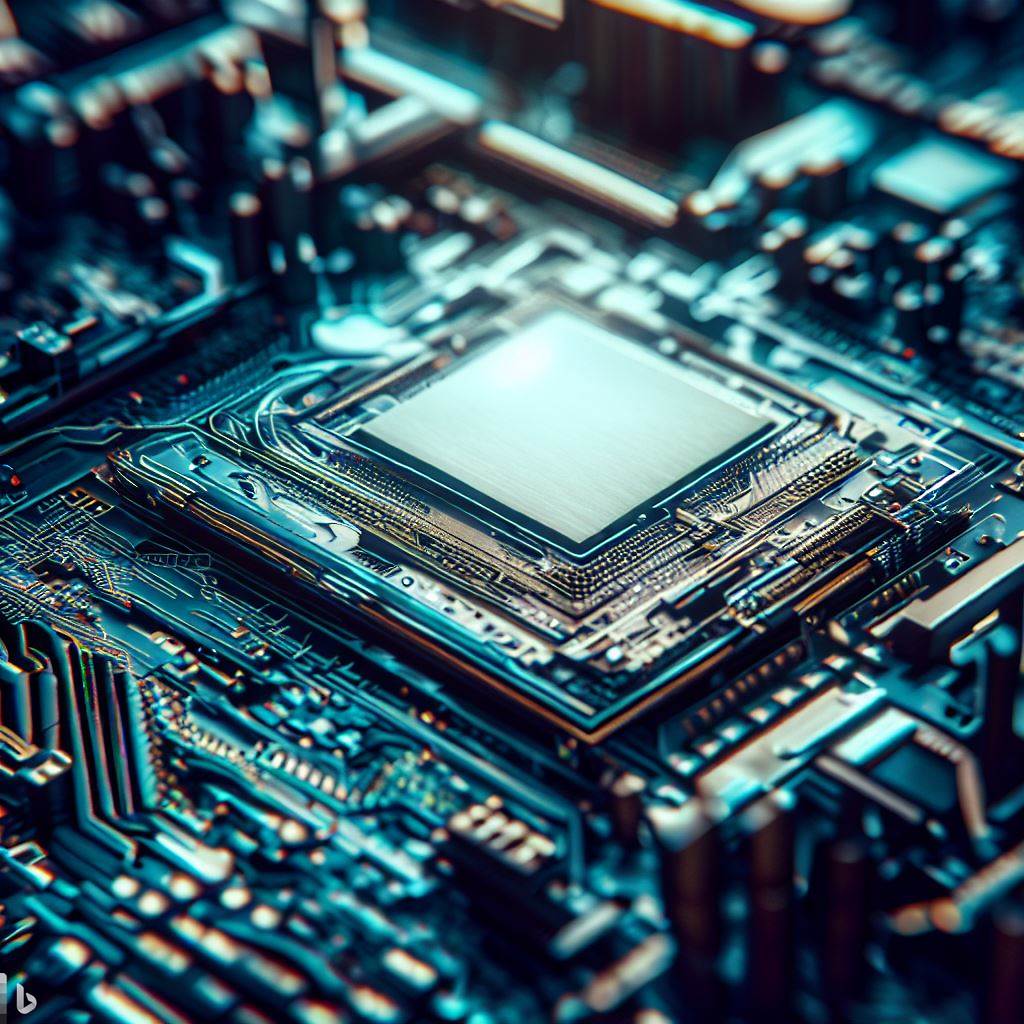
The world of hardware is in perpetual flux, with technological advancements often challenging the very physics of what’s possible. The coming decades will witness some transformative shifts in hardware capabilities. Here’s a peek into the future:
1. Quantum Computing:
- Quantum computers, harnessing quantum bits (qubits), promise to solve problems far beyond the reach of classical computers. These systems could revolutionize fields from cryptography to pharmaceuticals.
2. Neuromorphic Computing:
- Chips that emulate the neural structures of the human brain are being developed, aiming to perform complex tasks with lower power consumption than traditional designs.
3. Flexible and Wearable Electronics:
- Hardware will become more malleable, leading to devices that are foldable, rollable, or wearable, integrated seamlessly into daily life.
4. Energy-Efficient Designs:
- Sustainability will drive hardware innovation. New materials and designs will focus on reducing energy consumption and enhancing battery life.
5. Integrated Photonics:
- Using light (photons) instead of electrons for computation promises ultra-fast data transfer rates, potentially revolutionizing data centers and communication infrastructures.
6. Advanced Memory Technologies:
- Beyond DRAM and NAND, new memory technologies like 3D XPoint and memristors might offer faster, denser, and more durable storage solutions.
7. Heterogeneous Computing:
- Instead of general-purpose CPUs, a blend of specialized co-processors, GPUs, FPGAs, and other components will work in harmony to tackle specific tasks efficiently.
8. Augmented Reality (AR) and Virtual Reality (VR) Hardware:
- Hardware catering to AR and VR will become more compact and integrated, with devices like AR glasses becoming as common as smartphones.
9. Personal Bio-Monitoring Devices:
- Wearable hardware will become sophisticated diagnostic tools, continuously monitoring our health and predicting potential ailments.
10. Smart Materials:
- Hardware may leverage materials with adaptable properties, like self-healing surfaces or piezoelectric materials that generate power from mechanical stress.
11. Edge Devices with AI Capabilities:
- With the growth of the Internet of Things (IoT), edge devices will become smarter, having on-board AI processing capabilities for real-time decision-making.
12. Security-First Design:
- In a world with growing cyber threats, hardware will be designed with security as a primary focus, from tamper-proof chips to biometric security features.
Conclusion:
The future of hardware suggests a world where the line between the digital and the physical continues to blur. As hardware becomes more sophisticated, integrated, and user-centric, it will redefine how we interact with technology, creating a seamless integration between our digital and physical worlds.
